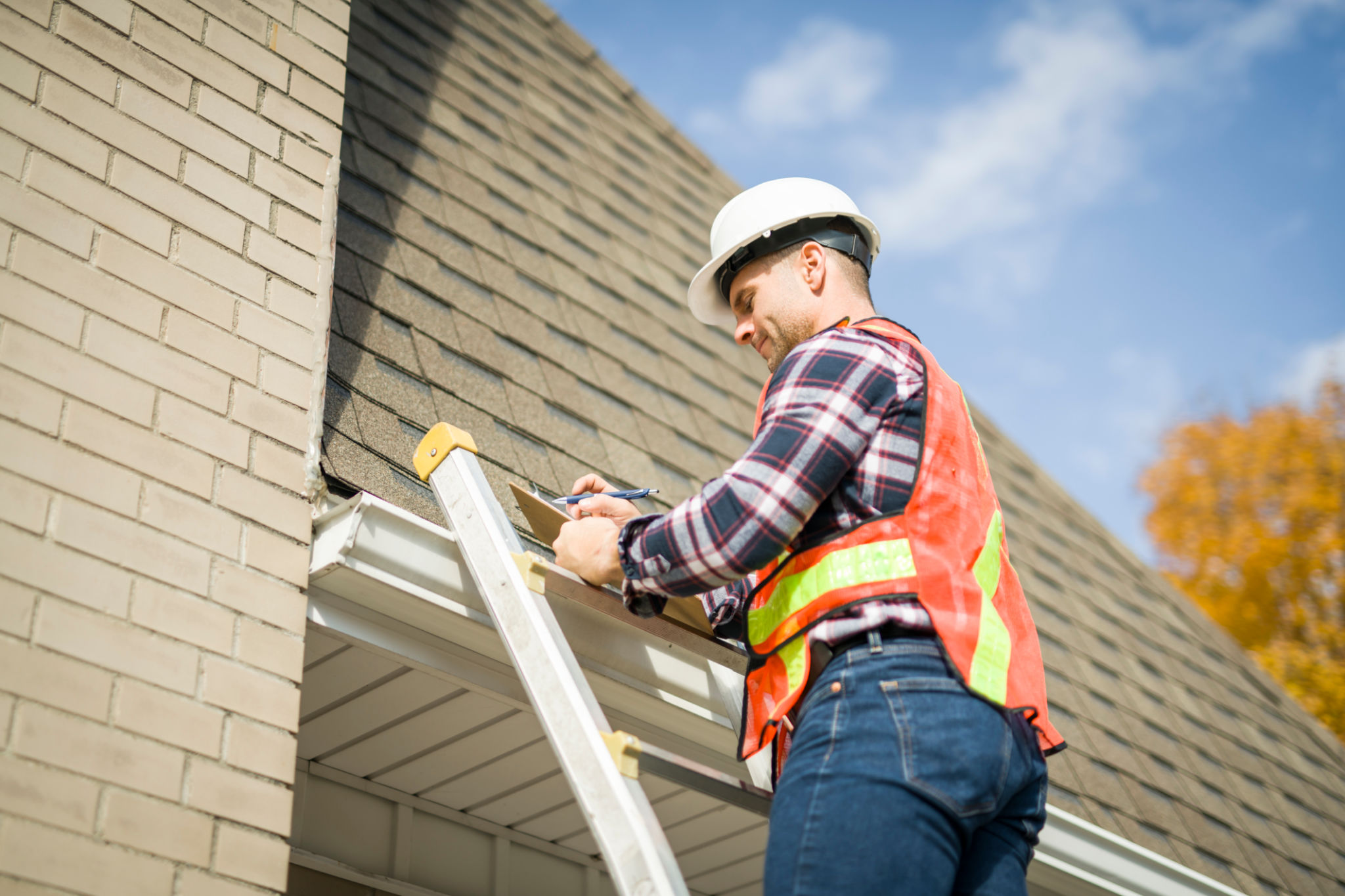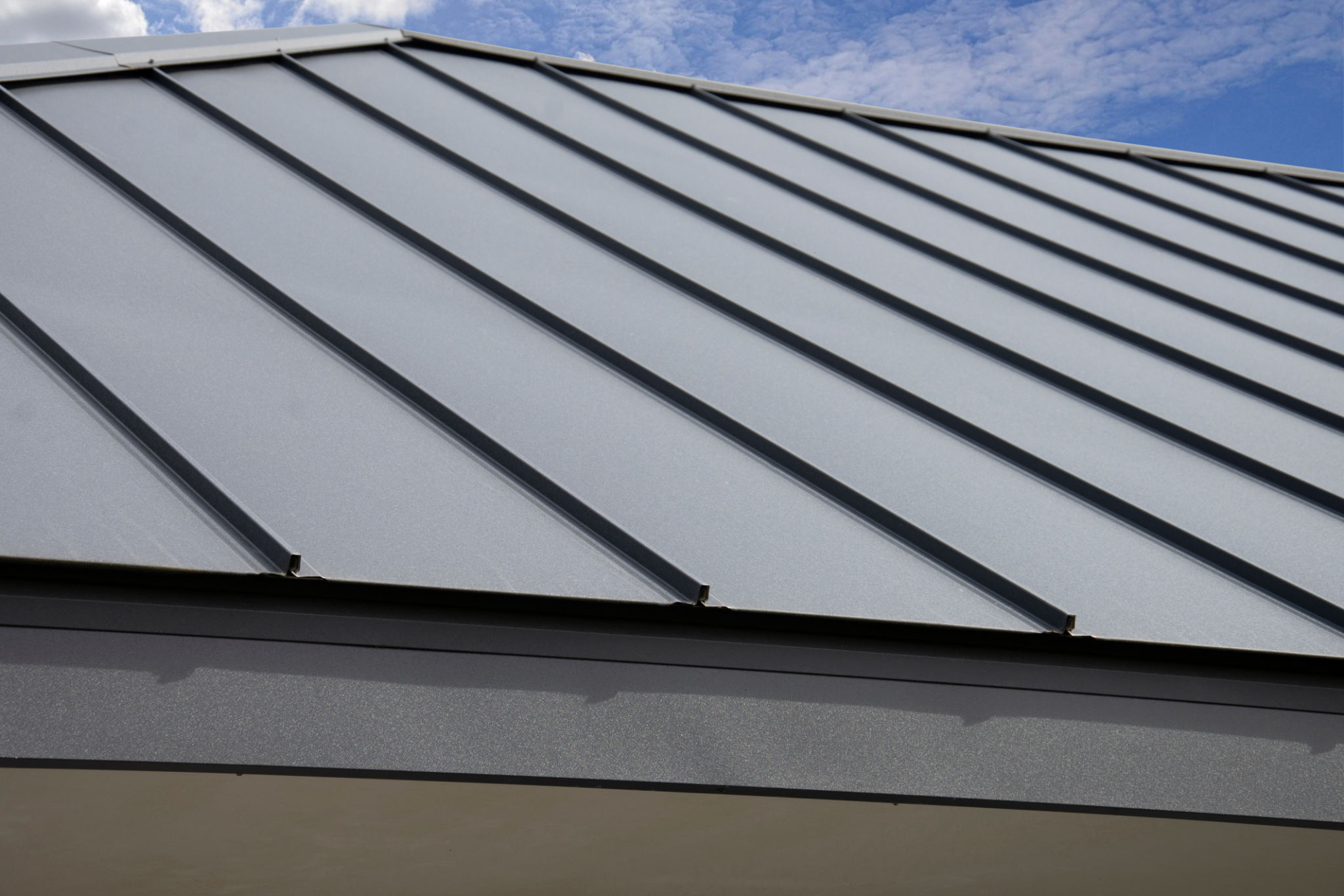The Pros and Cons of Different Commercial Roofing Systems
Introduction to Commercial Roofing Systems
Choosing the right roofing system for your commercial building is crucial for ensuring long-term durability and cost-effectiveness. With a variety of options available, each with its own set of advantages and disadvantages, making an informed decision can be challenging. In this post, we'll explore some of the most popular commercial roofing systems, highlighting their pros and cons.

Built-Up Roofing (BUR)
Built-Up Roofing, commonly known as BUR, has been a staple in the industry for decades. It consists of multiple layers of bitumen alternated with reinforcing fabrics, creating a durable and waterproof surface.
Pros of Built-Up Roofing
- Durability: The multiple layers make BUR highly resilient to heavy foot traffic and harsh weather conditions.
- Waterproofing: The bitumen provides excellent waterproofing capabilities.
- UV Resistance: The top layer can be surfaced with gravel or a reflective coating for UV protection.
Cons of Built-Up Roofing
- Installation Time: BUR systems can take longer to install compared to other types of roofing.
- Weight: The multiple layers add significant weight, necessitating a strong structural support.

Modified Bitumen Roofing
Modified Bitumen is an evolution of the BUR system. It combines layers of asphalt with modifiers like rubber or plastic, providing enhanced flexibility and resistance to temperature changes.
Pros of Modified Bitumen
- Flexibility: The addition of modifiers allows the material to expand and contract with temperature fluctuations.
- Ease of Installation: Often installed using a torch-down method, which can be quicker than BUR.
- Maintenance: Repairs are relatively straightforward, often involving patchwork.
Cons of Modified Bitumen
- Temperature Sensitivity: Torch-down installation requires careful handling due to the risk of fire.
- Lifespan: While durable, it may not last as long as some other roofing options like metal.

Single-Ply Roofing Systems
Single-ply roofing systems include TPO (Thermoplastic Olefin), PVC (Polyvinyl Chloride), and EPDM (Ethylene Propylene Diene Monomer). These systems are composed of flexible sheets of compounded plastic-derived material.
Pros of Single-Ply Roofing
- Lightweight: These membranes add minimal weight to the structure.
- Energy Efficiency: Highly reflective surfaces help reduce heating and cooling costs.
- Versatility: Suitable for a variety of roof designs and slopes.
Cons of Single-Ply Roofing
- Puncture Risk: Although durable, these membranes can be susceptible to punctures from sharp objects or heavy foot traffic.
- Seams: Seams need precise installation to prevent leaks over time.
Metal Roofing Systems
Metal roofing systems are known for their longevity and robustness. Made from materials such as steel, aluminum, or copper, these roofs offer a modern aesthetic coupled with excellent performance.
Pros of Metal Roofing
- Longevity: Metal roofs can last 40-70 years, much longer than traditional asphalt shingles.
- Sustainability: Often made from recycled materials and fully recyclable at the end of their life.
- Weather Resistance: Excellent resistance to wind, rain, and even fire.
Cons of Metal Roofing
- Cost: Higher upfront costs compared to other materials like asphalt or single-ply systems.
- Noise: Can be noisier during rain or hail unless properly insulated.

Conclusion
Selecting the right commercial roofing system depends on various factors, including climate, budget, and building structure. By weighing the pros and cons of each option, you can make an informed decision that balances performance and cost. Whether you choose a traditional system like BUR or opt for modern solutions like single-ply membranes or metal roofs, each system offers unique benefits that can cater to specific needs.
